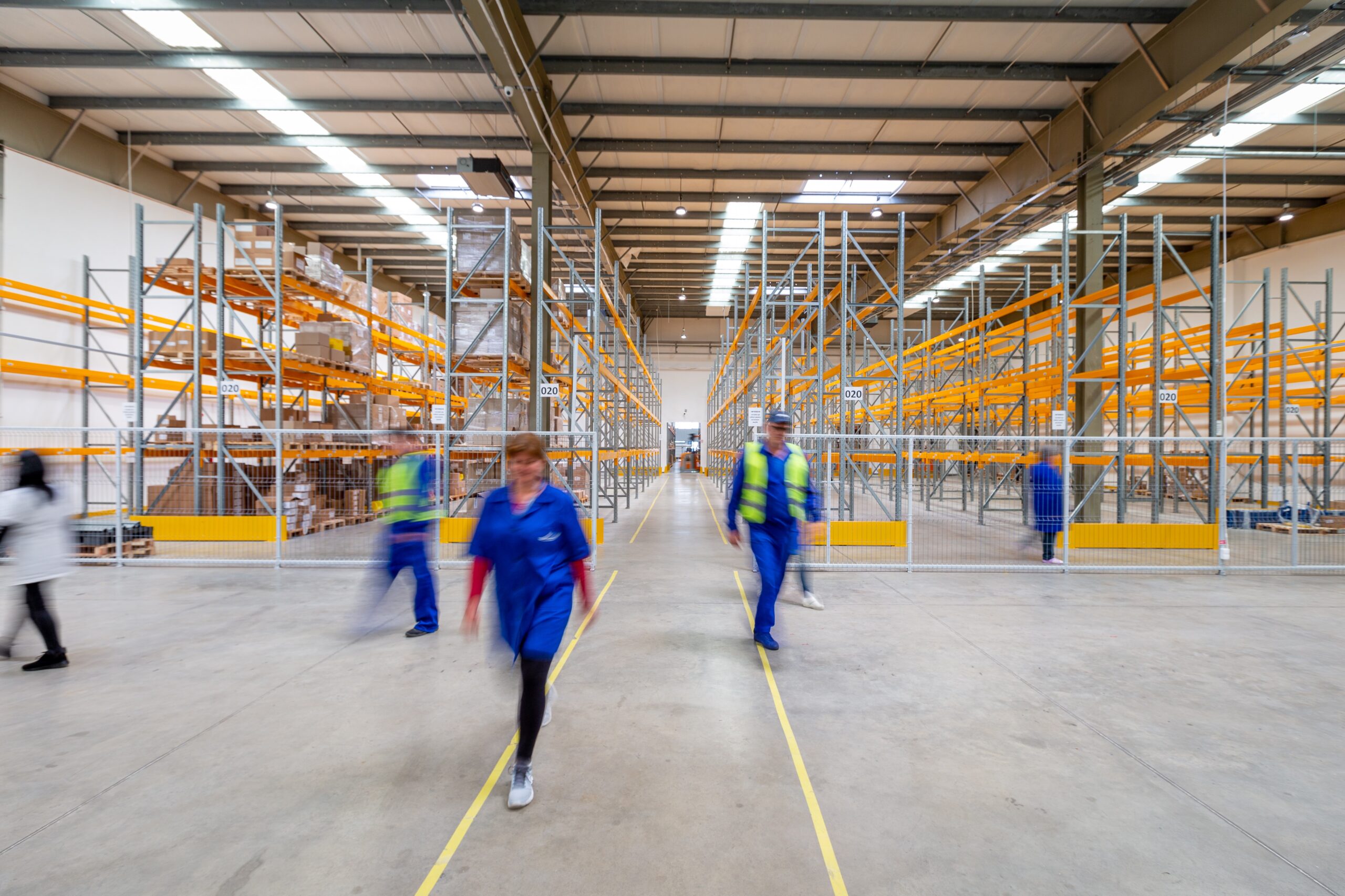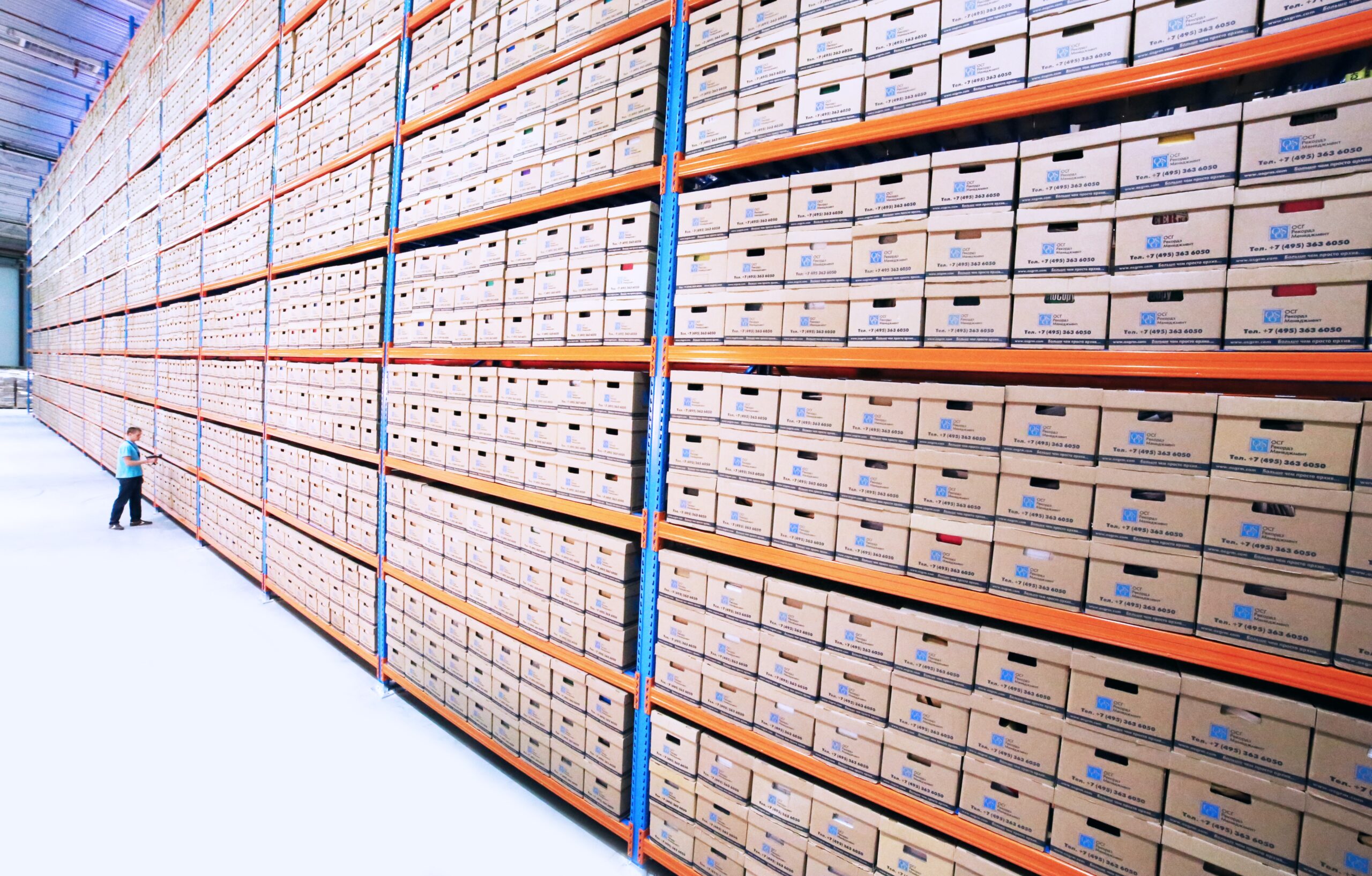It won’t come as a huge surprise to anyone that online shopping has increased over the last year or so. With numerous coronavirus-related lockdowns and restrictions in place all over the world, consumers have had to increasingly rely on ecommerce for everything from essentials to luxuries.
According to the Office for National Statistics (ONS), online retail made up a record-breaking 35.2% of total retail in the UK January 2021. This is a significant rise from the 19.5% recorded in January 2020, demonstrating the major impact the global health crisis has had on UK retail alone.
But new research has also revealed the knock-on effect this sudden leap in ecommerce activity has had on the wider industry. A recent report from Savills, commissioned by the UK Warehousing Association (UKWA) has found that there’s been a 614% increase in warehouse occupancy.
Savill’s head of industrial and logistics research Kevin Mofid commented on the findings in a statement, saying:
“Whilst the shift to online has been talked about for years, these figures exemplify what a significant impact it has had on the makeup of the UK warehouse market in a relatively short space of time.”
3PL and online retail driving the clamour for warehouse capacity
The Savills report also shows a shift in the type of business occupying the UK’s warehouse space. In 2015, high street retailers were top of the list. But post-pandemic, it appears to be providers of third-party logistics or 3PL who are driving the high demand for warehouse space in 2021. In total, 3PL companies now occupy around 20% of the total warehousing facilities in the UK.
While the fastest growing sector is online-only retail – led by the likes of Ocado and ASOS – there’s also been huge growth in ecommerce platforms such as Etsy and Shopify. Increased activity of the small businesses on these platforms has fuelled demand for outsourced fulfilment, through 3PL and dropshipping specialists such as Fulfilmentcrowd, Huboo and Parcelhub. And it is these companies who are the main occupiers of UK warehousing space right now.
Can the sector keep up with demand?
The UK’s warehousing sector hasn’t been slow to react to market changes, even before the pandemic. Over the last 6 years, an enormous 13 million square foot of space has been added – in line with a steady growth in online retail and the corresponding demand for warehouse capacity. The facilities themselves are being built larger, with the average warehouse size increasing by over half to 340,000 square feet.
But the sudden, unexpected shock of the pandemic has taken nearly all sectors by surprise, and this includes warehousing and logistics. If online retail growth continues at its predicted rate, as much as 64 million square foot more in additional warehousing space will be needed in the next few years. The UK Warehousing Association’s CEO Peter Ward has concerns over hitting this target, explaining:
“This updated report reveals the urgent requirement for more warehousing in the light of massively accelerated online retail”
“It is critical that as Government rolls out plans to build more new homes, warehousing should become part of infrastructure planning moving forward.
————-
If you’re searching for a new challenge in logistics, or staffing solutions for your warehousing business, get in touch with our specialist team at First 4 Recruitment.


0 Comments